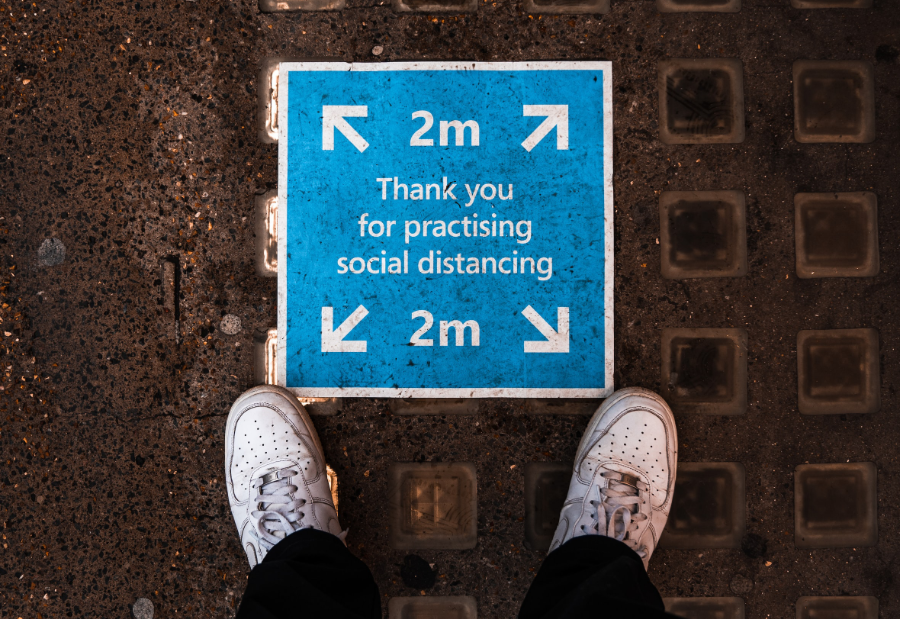Nudge theory offered a wonderful alternative future in which governments could nudge people to do the right thing and thereby avoid pesky legislative interventions which irritated voters, industries and campaign donors.
But new research suggests that it may not be as effective as imagined, that poor implementation can be counterproductive and that it’s all a bit more complicated than proponents think – just as we have discovered with the over-simplification of the implications of heuristics.
Nudge theory originated in a 2008 book, Nudge, by the economist Richard Thaler and legal scholar Cass Sunstein. It was operationalised with the first nudge unit, The Behavioural Insights Team, established for the Blair government by David Halpern. He had worked as chief analyst for Blair’s Strategy Unit before becoming the government’s first nudge unit CEO.
The unit was later privatised and began selling its services to governments and popularising the core ideas so successfully that today there are more than 200 units around the world which specialise in behavioural science applications to daily life.
In 2015, Halpern told the Huffington Post that the unit had helped to: get more people off benefits and into work; increase the number of black and minority ethnic people into the police; and boost the number or organ donors. Indeed, it was “a quiet revolution” and “a genuinely experimental approach to how you do government.” Some of these claims have been contested – as with much of the Blair legacy.
In December 2021, a team from the University of Geneva published a PNAS article describing nudge theory as: “Built on insights from the behavioral sciences, this class of behavioral interventions focuses on the design of choice environments that facilitate personally and socially desirable decisions without restricting people in their freedom of choice.”
In assessing the research’s significance, the authors said: “Changing individual’s behaviour is a key to tackling some of the today’s most pressing societal challenges such as the COVID-19 pandemic or climate change.” They concluded … “we quantitatively review over a decade of research, showing that choice architecture interventions successfully promote behaviour change across key behavioural domains, populations and locations.”
In contrast, four teams from Britain, the US, Australia and Hungary found that the sample studies in the Geneva study were too diverse to lump together and were not that useful. In response, the Genevans said they had never intended their work to be a silver bullet and that they had expressed caveats about publication bias.
Meanwhile, there has also been some discussion and controversy in the United Kingdom about nudge theory’s success with COVID. Indeed, the only major successful nudging was done by Tory donors, chums and cronies to get the Johnson government to deliver highly lucrative contracts for COVID protective gear – much of it outrageously expensive and damagingly ineffective but demonstrably effective in the nudge, nudge, wink, wink form of political corruption.
… new research suggests that it may not be as effective as imagined, that poor implementation can be counterproductive and that it’s all a bit more complicated than proponents think …
The Economist also reported in July that: “Nudge theory did not have a great pandemic. Nudge-friendly behavioural scientists were blamed by some for the British government’s initial embrace of soft messages – appeals to personal responsibility such as the slogan ‘stay home, save lives’ – over strict measures including lockdowns, while a scheme using lotteries with prizes up to $50,000 did little to boost vaccination updates in Philadelphia.”
While the original behavioural economics insights were really important and suggested a range of possible policy interventions, perhaps the problem lay elsewhere. Perhaps the marketers and advertising and PR agencies saw the insights as a lucrative new source of revenue, while politicians saw them as a way to be seen to be doing something about problems without actually offending or antagonising any section of the voting public.
Back in the day, the marketers et al similarly made lots out of road safety messaging but real progress was only made with compulsory seat belts and better car and road design complemented by messaging.
This problem with behavioural economics – a powerful insight with a wide range of theoretical and practical applications – is analogous with some problems with heuristics.
When Daniel Kahneman and Amos Tversky showed in 1974 that people use heuristics – simple strategies – for making decisions and don’t always behave in a perfectly logical way it challenged economists’ belief that people made rational choices.
As Gary Klein said in a recent book Snapshots of the Mind, this is fair enough. “Insights often appear magical, popping into our mind without any warning. This accidental quality of insights makes them exciting but it also makes them unreliable and untrustworthy.”
As he also wrote: “We would be immobilised if we only made judgements using perfect reasoning strategies. The conditions for perfect reasoning strategies aren’t often met outside the laboratory. Neither Bayesian statistics nor forms of deductive inference are very robust or very practical in natural settings. That’s why we have to rely on our experience and the heuristics we have learned.”
Kahneman and Tversky, of course, understood this, but sadly some of their epigones didn’t.
Klein, as well as looking at heuristics, takes time out to look at Martin Seligman’s ideas about positive psychology and its applications as a way to help people make “sense of complex and dynamic situations”. Positive psychology, for those unfamiliar with it, can be a sort of non-religious ‘happy clappiness’.
When we think of Seligman, it’s impossible not to think about what others have developed from his theories. Psychologists James E. Mitchell and Bruce Jessen, for instance, used his 1967 theory of learned helplessness to create enhanced techniques for interrogations of Guantanamo prisoners. These techniques consisted of systematic physical abuse, keeping the prisoner isolated and not letting them sleep or eat. Everything was meant to break their will.
All in all, it’s complicated. But then how could behavioural sciences be anything else?
The author is grateful to John Spitzer for bringing the PNAS article to his attention.
This article was originally published on the author’s personal blog here.
Photo by Lucas van Oort on Unsplash.





